Grow Better Peppers with Shade
Peppers Like a Little Shade
Sweet peppers and hot chiles are an important part of almost everyone’s garden, though in different ratios for many! Some really enjoy an abundant late summer and fall harvest of sweet bell peppers while others look forward to the hot chile harvest for months ahead.
One of the main concerns with growing peppers or chiles is the drop off in both quality and production during the height of the summer heat. As the long, hot days of summer set in production drops while diseases increase such as blossom end-rot and sunscald. There are some surprisingly simple approaches that can make a big difference in this year’s harvest of your beloved sweet peppers and hot chiles!
Three Techniques to Boost Pepper Production
Mulching is one of the very first techniques that has been demonstrated as beneficial to both quality and quantity. Combined with a drip system on a timer, large improvements to the health and vitality of the plants can be seen quickly. These two factors improve the stability of the soil moisture levels, moderating the peaks and valleys from wet to dry. This reduces the stress levels on the plants as they are able to access water on a continuous basis. The mulch insulates the soil and top levels of roots from drying out too quickly and often brings the moisture level up to the surface of the soil, instead of a couple of inches down. Another benefit to mulching with at least an inch of straw type mulch is the temperature insulation of the soil. Reducing the heat gain in the upper levels of the soil improves the plant’s amount and quality of production.
Shading of the pepper plants was recently examined with experiments done in Mexico, Spain and Israel as well as by the University of Georgia. They studied different shade cloth levels impacts on pepper production from 2008 to 2010 with four different levels of shade alongside no shade as the standard. They measured the air temperatures and the soil temperatures and correlated these changes to improved or reduced quality and quantity of peppers. The amount of peppers lost to rejection for quality reasons were closely examined.
What the study has shown is a moderate amount of shade, such as a 30% shade cloth, is the ideal. More shade didn’t produce better peppers past the 30% shading. In fact, as more shade was applied, the plants grew more but produced less peppers with more defects that caused them to be rejected. The moderate shading reduced the heat stresses by lowering the air and root zone soil temperatures, while decreasing diseases such as sunscald and blossom end-rot.
Works for Tomatoes as Well
It is interesting for us to note that these exact same approaches have proven to be the key to successfully growing tomatoes through the hot summers in Phoenix and Tucson, where daytime highs can reach 110 – 115°F! The use of raised beds, drip systems on timers, thick straw mulching and shade cloth allows the pollen to be under the critical 90°F for enough of the day to continue producing tomatoes.
If you have had problems in the past with peppers, chiles or tomatoes slowing production and having disease issues with the onset of hot weather, try these growing tips to get you back on track!

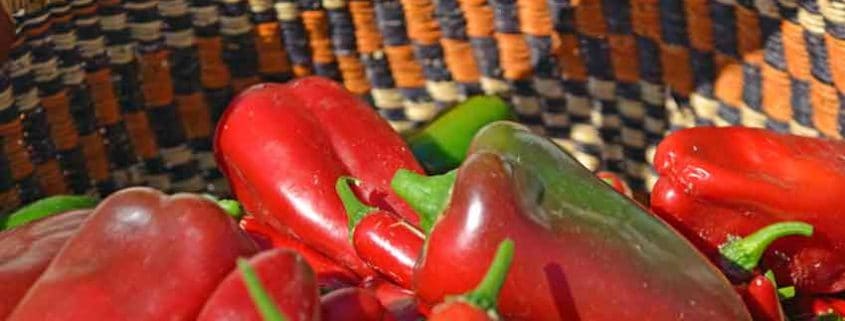
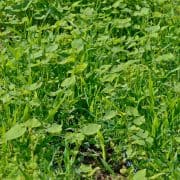

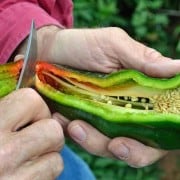
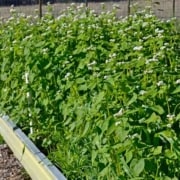 2019 Terroir Seeds
2019 Terroir Seeds

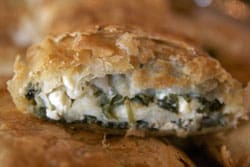
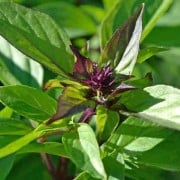
Thank you for the great tip! I gave up growing regular bell peppers because of the sunscald!
You are welcome, June! Please give it a try and let us know how you do this year!